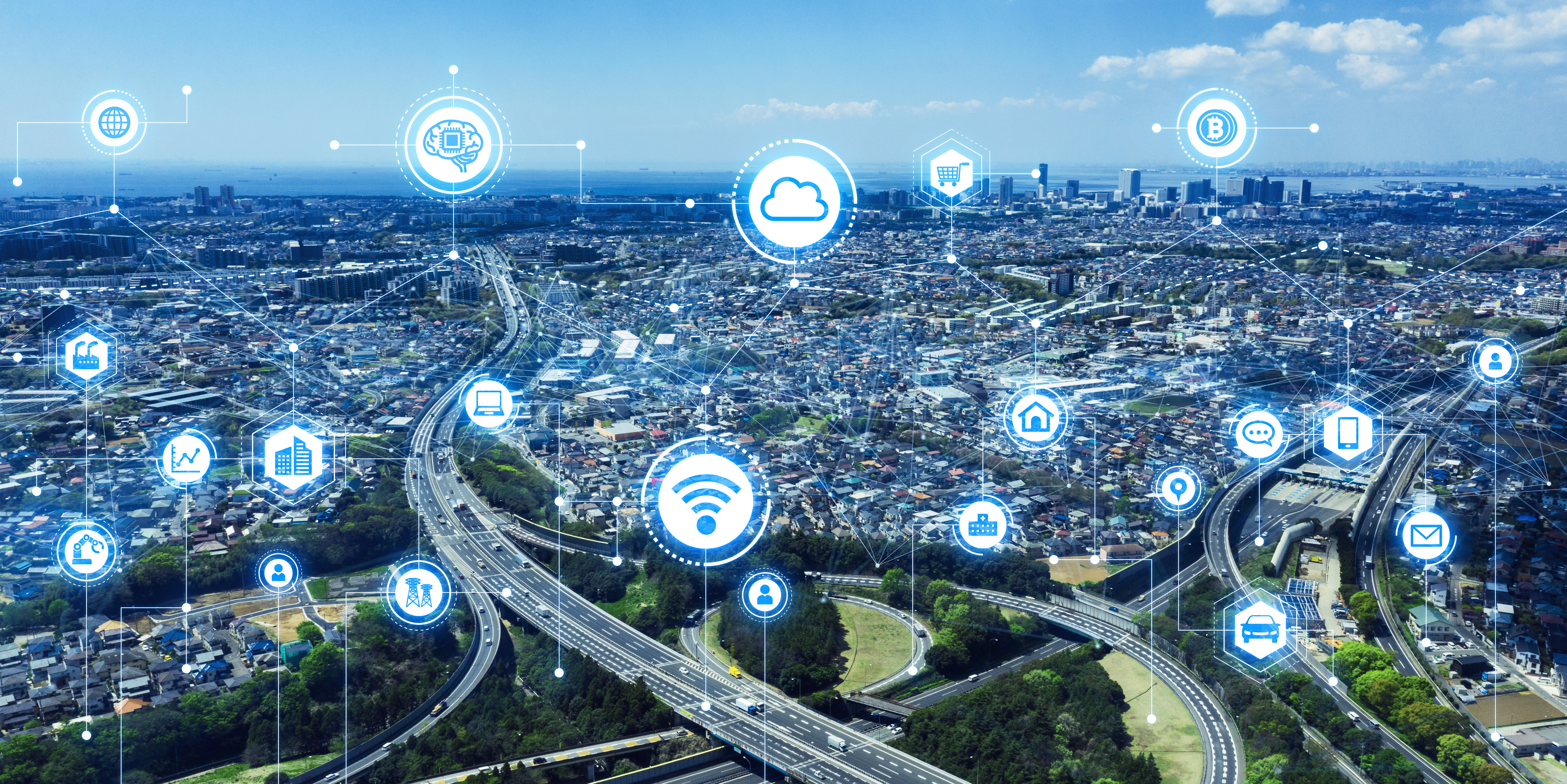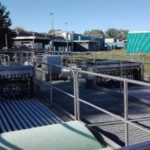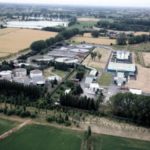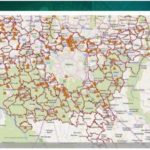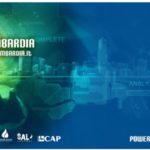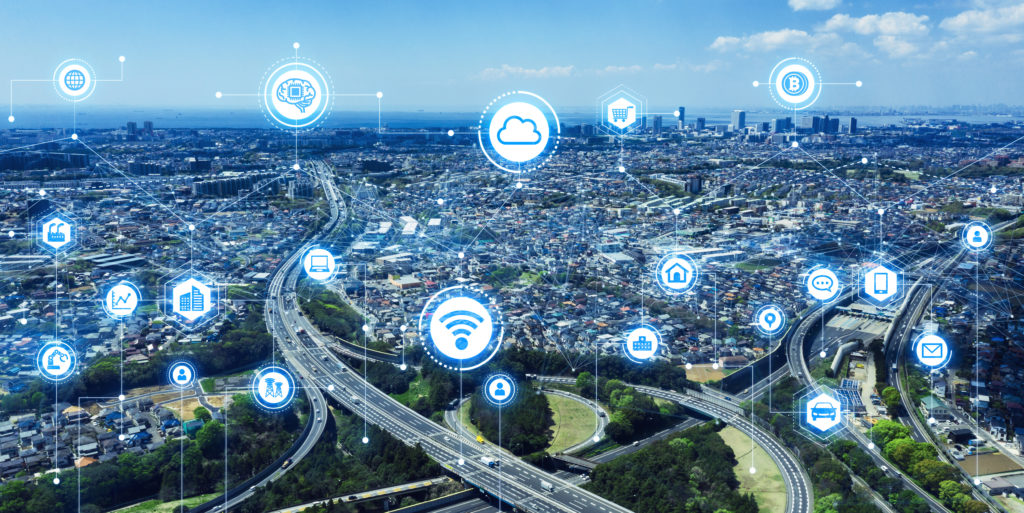
The WebGIS Acque di Lombardia is a web based information system which gathers data related to sewer networks, drinking water networks and land use. Georeferenced data are available online and from mobile devices on a single platform. The system is updated in real time and accessible to all users for consulting and managing the data.
The WebGIS will be upgraded to integrate the early warning signals and the following confirmatory standard analysis for the Peschiera Borromeo WWTP. The solution will be further deployed to map the wastewater treatment plants in the Milan metropolitan area where treated effluents meet or can potentially meet the minimum quality standard for water reuse.
Challenges
GIS technologies provide a framework for collecting, managing and analyzing a wide range of heterogeneous data. It allows to visualize several layers of information and provides analytical capabilities to support decision making. WebGIS or web mapping is a service which allows the visualization and interaction with maps directly on the internet. WebGIS has facilitated the deployment of many geographical datasets including open data such as OpenStreetMap.
Currently, WebGIS Acque di Lombardia is a technical tool, which access is limited to selected specialized stakeholders. For this same reason, it is not conceived as a user-friendly tool and its use requires specific knowledges. Moreover, the system and the data warehouse do not include water reuse and related issues. The system does not allow interaction with users (e.g. farmers) that can provide water quantity and quality that is needed for irrigation.
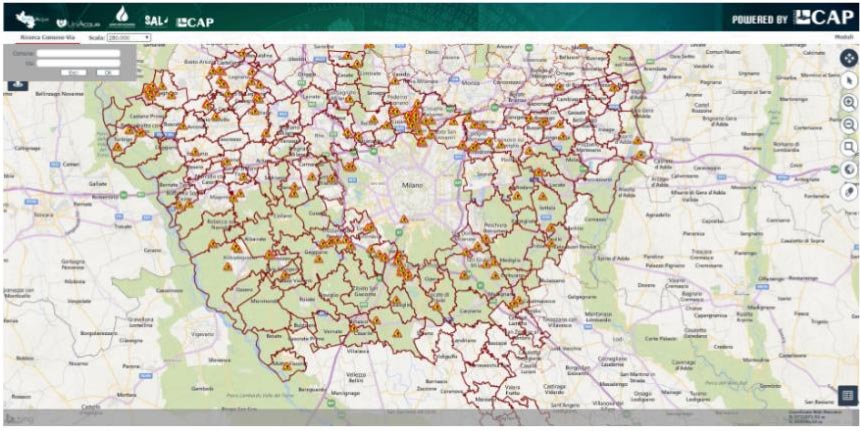
WebGIS development needs a large amount of data from different sources, that must be integrated with the layers that compose the GIS structure. Data need to be continuously updated in order to make the tool fit with the complexity of the reality that should be represented.
Limitations of current practices
The current version of WebGIS Acque di Lombardia is structured on several layers, each one focusing on a specific territorial mapping, such as aqueduct and sewer network locations and the status of local water bodies.
Moreover, it embeds a dedicated layer for the monitoring of drinking water quality all along its supply network following a Water Safety Plan approach. The system is used by all the members of Water Alliance Acque di Lombardia, the network of all the water utilities of Lombardy Region, and by some external stakeholder, for data recovering and sharing.
Innovation
The system improves data sharing, accessibility and interoperability among the various stakeholders. It fosters stakeholder e-engagement and supports informed decision on water reuse allocation.
Local stakeholders involved in the water reuse value chain (water utility/reclamation manager, farmers, monitoring/control authority, public administrations) will be trained on how to access and gather conclusive information from the WebGIS Acque di Lombardia. Stakeholders will then be engaged to discuss, share and co-approve the method to improve decisions concerning water reuse in peri-urban areas.
The integration of the Web GIS with data from early warning sensors of Peschiera Borromeo WWTP will help the management of water reuse and its further implementation with the map of the whole wastewater treatment system in the metropolitan area of Milan will provide decision support for future applications of water reuse.
City tests
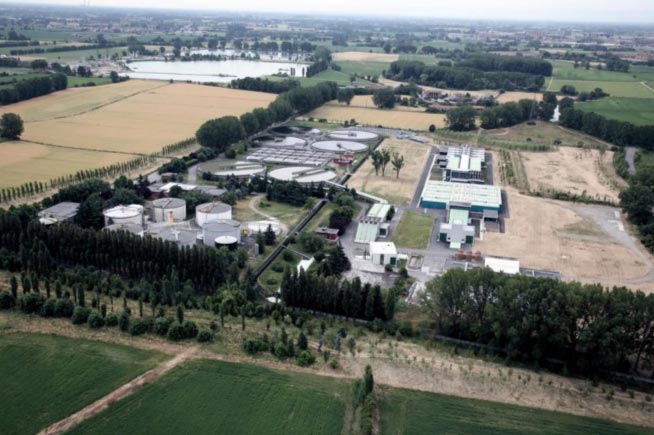
The WebGIS is developed at the scale of the Metropolitan Area of Milan. In addition to the system and the data, the project included the sharing of work methods and the possibility of access by municipal authorities, professionals and members of the public. Available data from the Peschiera Borromeo WWTP catchment (solution 3) regarding the quality of treated effluent and the risk of contamination will be integrated in the service. The solution is used to map the wastewater treatment plants in the Milan metropolitan area (40 WWTPs ranging from small to large treatment capacities) where treated effluents meet or can potentially meet minimum quality standard for water reuse.
Contact solution
CAP – Marco Bernardi: Marco.Bernardi@gruppocap.it
CAP– Alfredo Pizza : Alfredo.Pizza@gruppocap.it
CAP – Davide Scaglione : Davide.Scaglione@amiacque.gruppocap.it
